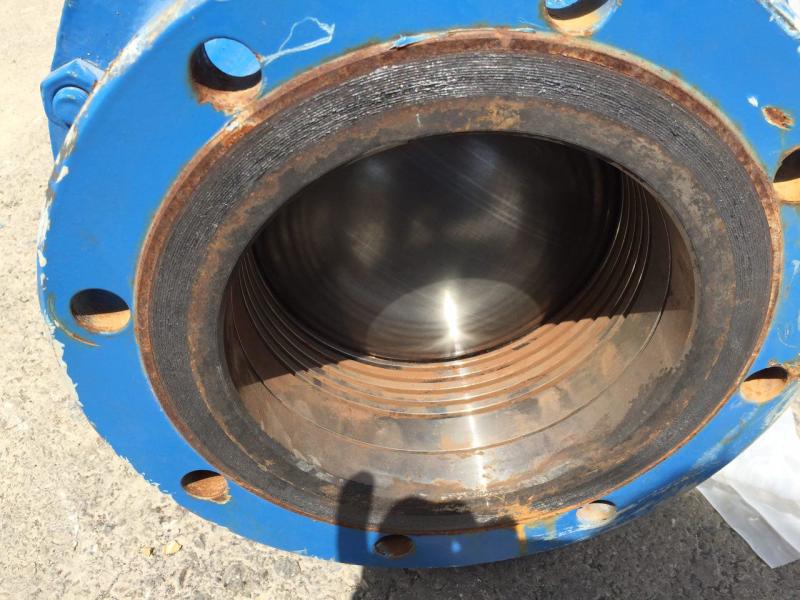McDermott1711
Mechanical
- Nov 17, 2010
- 312
Hi there,
Somebody sent me this picture and asked about the inside grooves. Does anyone know about it?

Any answer will be highly appreciated.
Nothing is more fairly distributed than common sense: no one thinks he needs more of it than he already has. Rene Descartes
Somebody sent me this picture and asked about the inside grooves. Does anyone know about it?

Any answer will be highly appreciated.
Nothing is more fairly distributed than common sense: no one thinks he needs more of it than he already has. Rene Descartes
